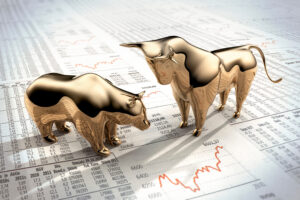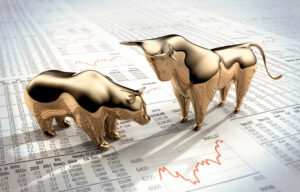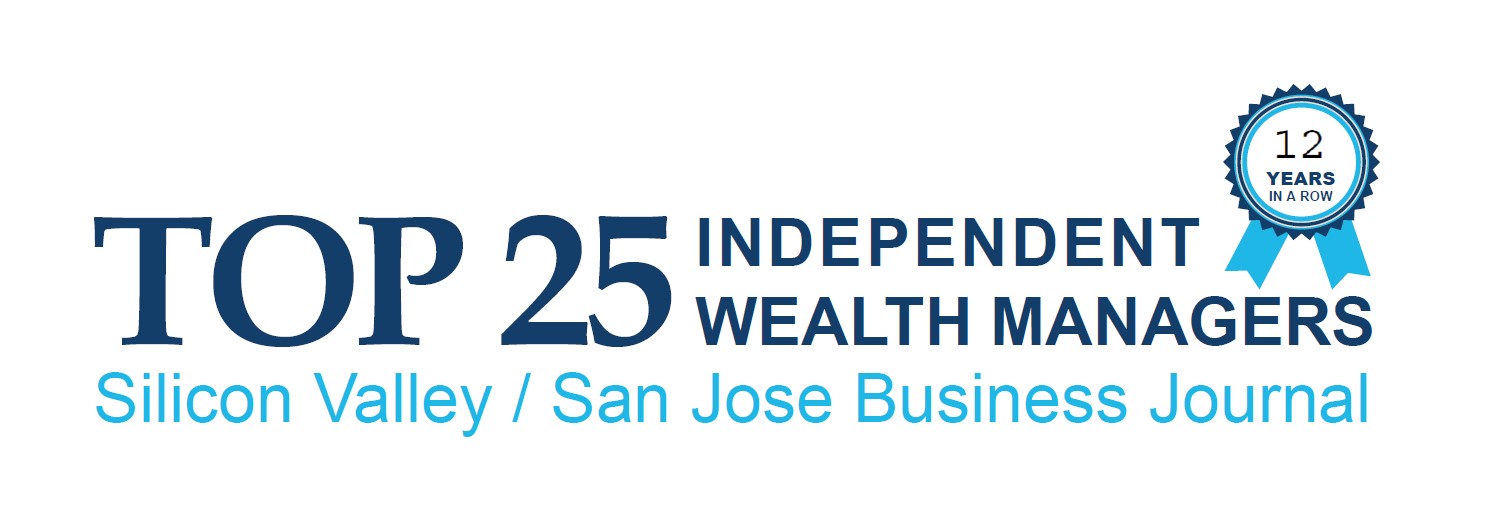Monetary and fiscal policies certainly helped jump-start the current economic expansion—as is customary in the aftermath of every recession. But expansions also become self-sustaining, which is why policy juice eventually ends. In our view, this recovery has an abnormally large number of “sustainable forces” that are likely to keep the expansion healthy long after monetary and fiscal policies turn restrictive.
Pent-up demand is more pronounced than at any point since at least 1970. Pressure has been building, not just since the pandemic but rather, all the way back to the 2008 financial crisis. And consumers now have the wherewithal to continue to satisfy pent-up needs. Excess personal savings (above the normal pre-pandemic savings rate) have ballooned to about $2.2 trillion since March 2020—almost 10% of nominal GDP. Never in the post-war era has there been this much dry powder sitting on the sidelines waiting to be unleashed.
As supply-chain disruptions get resolved, the U.S. economy is headed for a massive inventory-rebuilding cycle once businesses are finally able to replenish the shelves. While every recovery generally has a period when supply outpaces demand, 2022 may
prove to be the mother of all inventory-driven expansions. In addition, with a continuation of low mortgage rates, a healthy job market, solid wage gains, and a Millennial population leading the way, U.S. household formations should keep the housing sector resilient.
Almost ten million workers have come off extended unemployment benefits since the end of August. Even if only one-third of them find their way back into the job market this year, average monthly-payroll gains will be boosted by 275,000! To have a surge of idled workers returning to employment in the third year of a recovery is unprecedented.
One of the reasons that policy tightening often slows the economy is because private-sector balance sheets are vulnerable. However, today, particularly in the household sector, balance sheets have rarely been as strong. The household debt-to-income ratio has declined since 2008 and is at its lowest level in more than two decades. Moreover, the debt/service ratio (principal and interest as a percent of personal disposable income) is at a record low. Consumers are benefiting from an explosive rise in net worth as stocks, bonds, commodities, and home prices have all surged higher.
Finally, households possess $18 trillion in deposit balances, up from less than $13.2 trillion at the end of 2019.
In addition, the economy is likely to be boosted by above-average productivity. When the Technology sector leads, it has historically been followed by periods of healthy productivity. Consumer confidence is also poised to recuperate this year as COVID moves from pandemic to endemic. Based on a University of Michigan survey, consumer sentiment is lower than it was in March 2020. Should household sentiment finally improve, so will animal spirits, helping to boost overall economic growth.
Although both monetary and fiscal policies are set to become less accommodative, history demonstrates they have “long lags.” The full impact of monetary/fiscal policies and interest rates on future economic growth tends to take anywhere from 12-18 months or more. Consequently, while tightening represents a negative for growth in 2022, its primary after-effect is apt to be a more dominant force in 2023 or beyond.
COVID is the biggest risk for the economy and for investors. As the Omicron variant has illustrated, a few simple mutations in the virus could nullify existing treatments and vaccines and quickly place the world economy back to
square one in this pandemic. If such a mutation occurred, it would be devastating for the stock market and probably push the ten-year bond yield below 1%.
Although the impact of this risk would be huge, the probability is likely fairly small. Indeed, one could argue this threat always exists. A brand-new virus could emerge on the global scene at any time. On the whole, while this is again the biggest worry as we begin the new year, given its largely unpredictable nature, investors should probably do little more than just stay diversified.
Finally, inflation seems highly likely to moderate this year, but if it continues to remain white-hot, the response from both the stock and bond market would be disastrous.
Bonds are probably headed for a bigger bruising as the Federal Reserve follows with rate hikes. Although the path of the stock market is apt to be much more volatile this year, overall returns will likely be mildly positive for the S&P 500—and probably even more satisfying among broader stock market plays.








